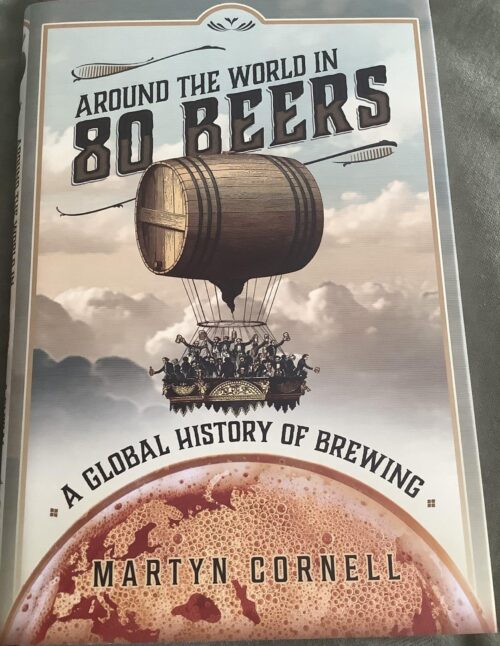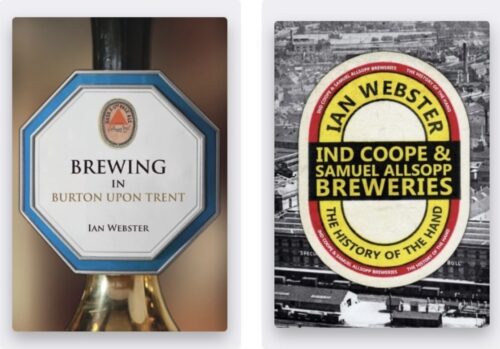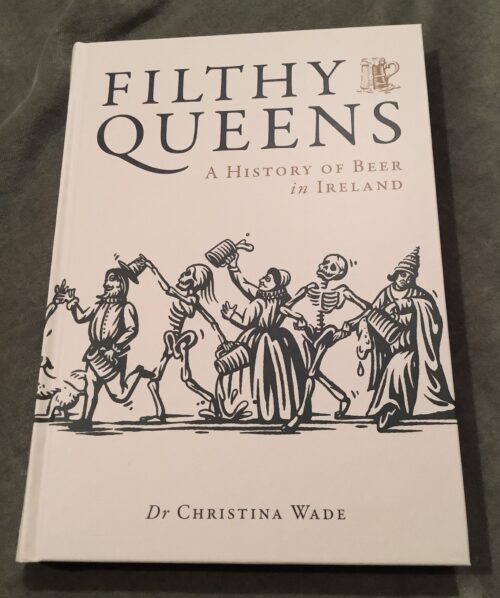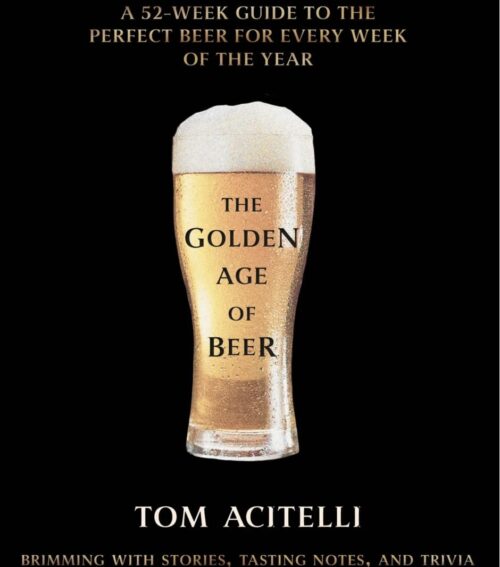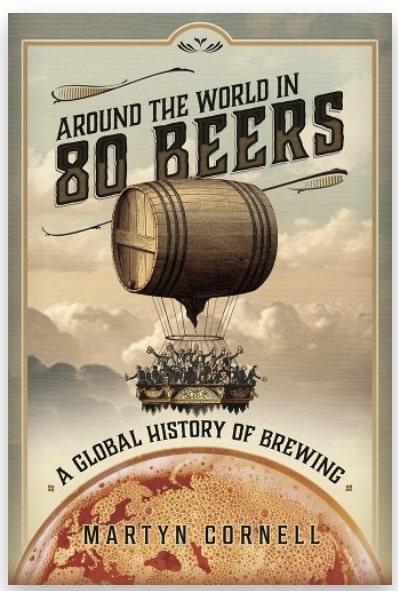The first beer history book from Dr. Christina Wade and the second one that I have read, The Devil’s in the Draught Lines, about the role of women in British brewing is …..

The sub-title of the book is 1,000 years of women in Britain’s beer history and Dr. Wade covers that time frame admirably. The book is broken into seven sections and the reader is plunged back and forth into history.
I did like that this hook had a particular focus on recent history, weaving in anecdotes from various female beer professionals from brewers to writers to publicans. The recent history strongly counterpoints the past showing both how far society has come but also how agonizingly slow and incomplete that is.
Nowhere is that more plain and startling than the last section of the book which talks about women as just drinkers of beer and the hurdles and taboos placed on it from men who seem to be so weak as to not want to allow women to order full pints! The justifications for mens actions are so pathetic if not that they are still well believed to this very day.
My fondness for the modern should not hide the fact that Dr. Wade has done a heckuva lot of research looking for mentions of ale, then beer and brewing in the past. There must have been some real eureka moments when an old parchment mentioned hops or taverns or anything beer related.
I highly recommend this book and her latest, Filthy Queens. Get both!


